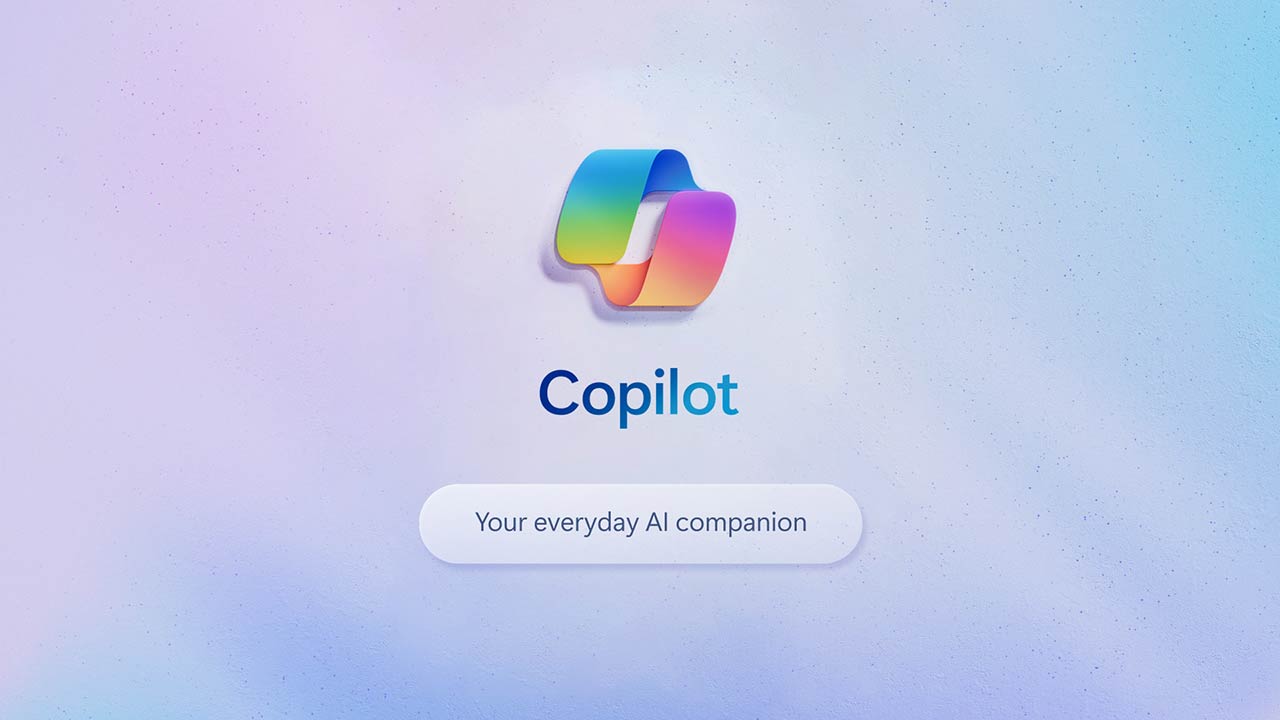
OpenAI has accused The New York Times of employing deceptive tactics to generate evidence for a copyright lawsuit against the AI company. In a legal filing in Manhattan federal court, OpenAI alleges that The New York Times used "deceptive prompts" to make ChatGPT reproduce the newspaper's content, which OpenAI argues violates its terms of use and undermines the integrity of the legal process. Continue Reading →








